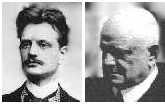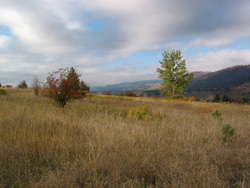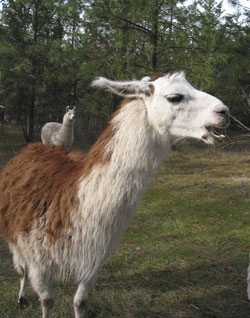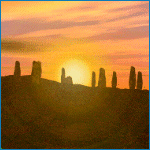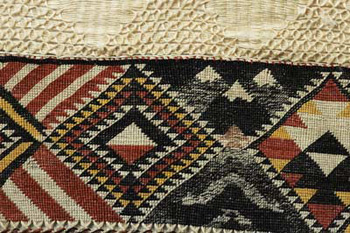Happy Halloween
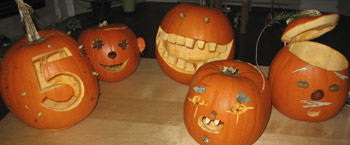
(photo – EKR)
Tonight is Halloween and all the little boys and girls will be out trick-or-treating. Our granddaughter is coming over to visit a few houses, then help answer the door in her “ghost princess” costume and scare the callers! Little children with their excitement in role play make Halloween special for me, not the whole commercialization of an ancient custom (as I complained a year ago).
Leslee of Third House Party wrote a lovely post, along with fabulous photos, about pumpkins and the annual Pumpkin Festival in the town of Keene, New Hampshire, USA which currently holds the world record for the most lit pumpkins in one location. And Amy of “ever so humble”, also in New Hampshire, defines lanterns.
Finnish readers will enjoy reading Anna Amnell’s posts on the tradition of Halloween and adult Americans’ super early Halloween craze as a form of escapism from the stresses created by a media mix of murders and trivia (“Horrible-Beautiful Breakfast Mix”). She finishes with a link to James Joyce’s The Dead which reveals that for Irish and Anglo Americans Halloween is really about the acceptance of death.
This sounds to me rather like the Day of the Dead in Mexico.
More interesting seasonal links can be found at Samhain, Halloween & Day of the Dead. Have a happy and safe Halloween!
UPDATE Nov.3.05. An interesting article in National Geographic on how Mexicans celebrate Día de los Muertos, or Day of the Dead.
